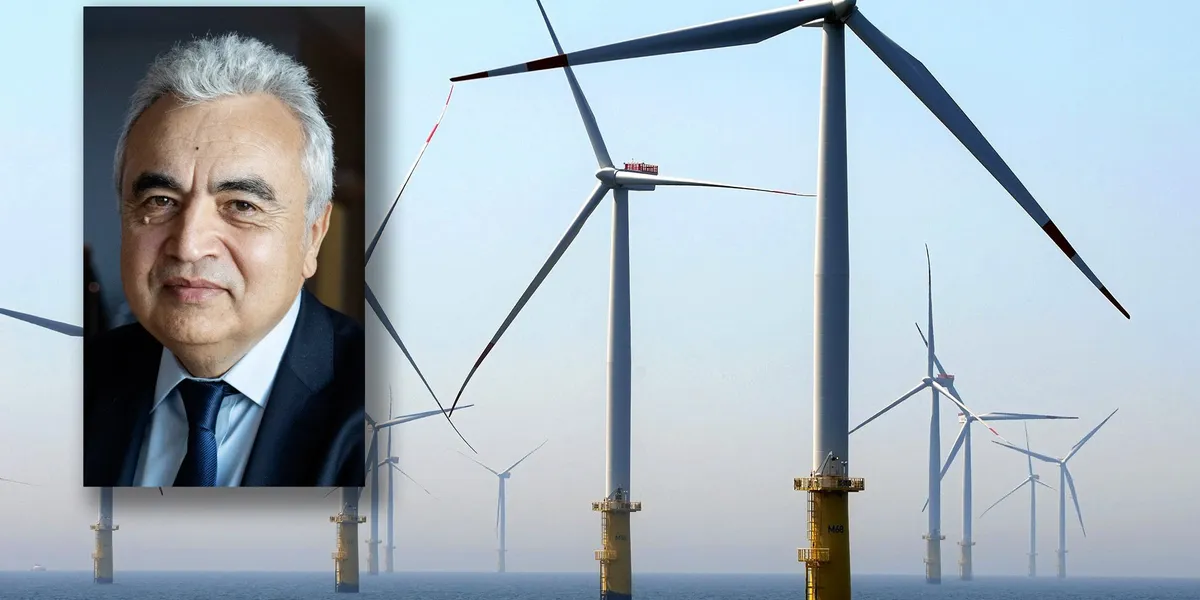by Jessica Holdman, SC Daily Gazette
Funding from Facebook is helping to pay for a $100 million solar project in Orangeburg County that otherwise would have cost power companies too much to build.
Power companies expect to ink similar deals on future solar projects in the state, particularly as construction delays and tariffs drive up prices and Congress rolls back federal tax credits incentivizing these projects, according to Cole Price, executive vice president of member services at Central Electric Power Cooperative.
Similar to how angel investors helped Facebook get started, the social media platform and other tech companies are filling a similar role for the solar industry.
Facebook’s parent company, Meta, signed a contract last week with solar developer Silicon Ranch, of Nashville, and Columbia-based Central Electric Cooperative for the 100 megawatt project.
The companies’ agreement with Meta comes a year after the social media giant announced it was building a massive, energy-intensive data center near Aiken to keep its online operations humming.
“We’re grateful to Central for supporting our energy goals in South Carolina and thrilled to expand our relationship with Silicon Ranch, who shares our commitment to have a positive impact in the communities where we locate,” Head of Global Energy at Meta Urvi Parekh said in a statement.
‘If not for Meta’
Silicon Ranch will finance, build, own and operate the new solar project. They’ll hook into state owned power-company Santee Cooper’s grid, which in turn will deliver the power to all 19 rural electric cooperatives across South Carolina.
That includes Aiken Electric Cooperative, which serves Meta’s $800 million data center under construction in Graniteville’s Sage Mill Industrial Park.
“This announcement is another step forward for this transformative project,” said Gary Stooksbury, CEO of the Aiken cooperative.
Meta will purchase the so-called renewable energy credits associated with the project as the social media company works toward its goal of carbon neutrality.
Once electricity enters the grid, it is impossible to know where each megawatt comes from — power from solar, gas, wind and coal become jumbled together in the power lines that zigzag across the state. So these credits, which companies sell separately and in addition to the actual energy that shows up on customers’ monthly power bills, allow their purchaser to claim ownership of the underlying social and environmental benefits of clean energy.
Developers put the money generated from the sale of those credits toward purchasing land and building the solar array, which in this case will be located some 50 miles east of Meta’s data center. Through this deal, Meta is buying down the solar project’s cost of construction, making it financially feasible. Sen. Russell Ott, D-St. Matthews, speaks in the Senate during the chamber’s organizational session on Wednesday, Dec. 4, 2024, when he and other newly elected senators were sworn into office. (Photo by Mary Ann Chastain/Special to the SC Daily Gazette)
“If not for Meta, this renewable resource would not make sense,” said state Sen. Russell Ott, D-St. Matthews, who confirmed the solar project would be located near the small town of Cordova, just outside Orangeburg.
Silicon Ranch declined to disclose the exact size and location of the solar project beyond saying it will follow industry standards. That puts its footprint somewhere between 800 and 1,000 acres.
The company is expected to receive property tax breaks for the project but details of that deal were not immediately available. Orangeburg County officials did not respond to messages from the SC Daily Gazette.
Both the solar array and the data center are expected to be completed in 2027.
Rural solar concerns
This marks Silicon Ranch’s fourth renewable energy venture with Central Electric and its 18th deal with Meta totaling $22.5 billion across four states. It’s Meta’s first in the Palmetto State.
“I’m hoping this is a good deal for everyone,” Ott said. “We need to make sure any solar project built does not inflate bills for the rest of customers.”
Elsewhere in South Carolina, Silicon Ranch is developing a 200-megawatt solar farm on 2,000 acres in inland Georgetown County’s Lambertown community.
That project, similar to other larger solar developments in rural areas across the country, has faced opposition from nearby residents. About 150 people signed a petition in 2022 opposing the project, citing loss of agriculture and timber land, loss of wildlife habitat and aesthetic impacts on the rural landscape.
Utility-scale solar accounted for more than 1,500 megawatts of power in South Carolina as of July 31, 2024, according to data from the state’s utility watchdog. The agency does not measure how much acreage solar projects take up in the state.
Ott said, luckily, Orangeburg County has an ordinance in place with rules for how solar projects can be built. For those counties that don’t have rules, legislators set them at the state level to address these concerns as part of a massive energy package passed in May.
Those rules require, for any project that takes up 13 or more acres, that solar panels be positioned 50 feet from the road and 200 feet from any homes, churches or schools. Trees and vegetation must be planted that will grow at least two feet higher than the tallest solar panel. Developers must also put up six-foot-high fences.
“I’m not opposed to solar but I want to make sure it is done the right way,” Ott said of the rules.
Silicon Ranch, according to its announcement, will plant pasture grasses and flowering plants beneficial to bees and other pollinators under and around its solar array.
Rising costs and expiring credits
Officials in Georgetown County also dinged Silicon Ranch for construction delays that put that project more than a year behind schedule. The company cited permitting issues, as well as supply delays that have plagued solar companies nationwide.
According to data from the U.S. Energy Information Administration, developers across the U.S. pushed back 19% of planned projects in 2023, a slight improvement over the 23% of projects delayed the year before.
With those delays have come slightly higher prices. Solar cost about $1,600 per killowatt to construct in 2022, a 1.7% increase compared to a year prior, according to federal data.
Meanwhile, the GOP megalaw signed by President Donald Trump last month ends tax credits for wind and solar projects years earlier than planned under Biden’s hallmark clean energy package of 2022.
The program offered a 30% federal tax credit tax on investments. It also included separate credits based on the amount of energy produced – 3 cents per kilowatt hour.
Under changes in the “big, beautiful” law, those projects must be up and running by the end of 2027 to qualify.
SC Daily Gazette is part of States Newsroom, a nonprofit news network supported by grants and a coalition of donors as a 501c(3) public charity. SC Daily Gazette maintains editorial independence. Contact Editor Seanna Adcox for questions: [email protected].









